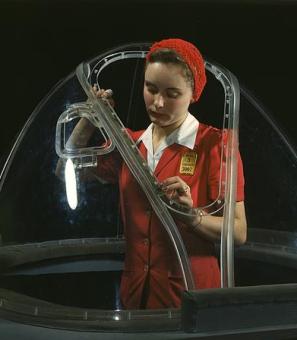What's in a Name? The Smithsonian
If you’ve ever entered the Smithsonian Castle from its Mall entrance, you may have noticed something a bit strange. Immediately inside the door, in a dark chapel-like room, sits a tomb—the final resting place of James Smithson, an English scientist and intellectual. As his name suggests, he is the benefactor—and namesake—of the Smithsonian Institute.
What’s really odd, though, is that Smithson had little to do with the institute that bears his name. He never traveled to the United States or took an interest in our politics. He wasn’t known for any philanthropic efforts. Though intellectually curious, he didn’t make any groundbreaking or well-known scientific discoveries—and didn’t patronize people who did. Yet, surprisingly, he left his estate to the United States, asking that we use it to promote scientific research and education. Of all people, how did this Englishman’s name come to be such a staple of Washington (and American) culture?
James Smithson was born around 1765 in Paris, the product of an affair between Elizabeth Macie—a wealthy widow—and Hugh Smithson, Duke of Northumberland. Despite his scandalous beginning, being the son of a duke allowed Smithson great privileges and advantages. He studied at the best schools in England, like Pembroke College in Oxford. He moved around Europe, never staying in one place for long, and frequently running into trouble—he found himself back in Paris when the French Revolution began and was taken prisoner by the French during the Napoleonic Wars.[1]
Through all of his adventures, science became the great love of Smithson’s life. His research interests were varied and somewhat unconventional—he published twenty-seven papers discussing everything from the chemistry of volcanoes to the “constituents of a lady’s tear.”[2] Smithson’s interest in geology inspired a paper about calamine, an oxide of zinc used to make brass. His arguments led to the acceptance of calamine as a mineral and, later, it was renamed “Smithsonite” in his honor. For all his efforts, he was accepted into the Royal Society of London—an academy for British scientists—in 1787, speaking and presenting there often.
Smithson never married or had children, so when the time came to write his will, he left the majority of his vast estate to his nephew. However, he added a peculiar clause at the end of the document: if his nephew also died without heirs, then all the money would go to the United States:
“In the case of the death of my said Nephew without leaving a child or children…I then bequeath the whole of my property…to the United States of America, to found at Washington, under the name of the Smithsonian Institution, an Establishment for the increase & diffusion of knowledge among men.”[3]
It’s likely that Smithson never meant for things to get that far. Henry Hungerford, his nephew, was young and would probably have children. But even so, the bequest seems completely random. For all his traveling, Smithson never crossed the Atlantic. He was more of a monarchist than a republican.[4] American scientific communities published and discussed his work, but he never corresponded with them.[5] And in 1825, when Smithson was nearing the end of his life, the United States was still a young country. Why, then, would he choose to give us so much money?
Smithson’s biographer, Heather Ewing, suggests that he regarded the United States as a new frontier for scientific discoveries. Americans “seemed admirably unburdened by many of the troubles that plagued the Old World,” and Smithson was attracted to such freedom of thought.[6] Ewing also notes that wealthy academics often donated their money and collections to the public, in order to ensure their legacies. Maybe Smithson just wanted to be remembered. Since he never recorded his thoughts on the subject, we’ll never know.
The United States government wasn’t immediately made aware of the mysterious bequest. Smithson died on June 27, 1829 in Genoa, Italy—and, as planned, his nephew inherited the estate. But just six years later, in 1835, Henry Hungerford also died. Lucky for us, he had remained unmarried and childless. The Secretary of State, John Forsyth, received the sudden and unexpected news that his government had just inherited the fortune, scientific collections, and personal artifacts of a man they had never heard of.
Actually obtaining Smithson’s estate wasn’t straightforward. First, the government had to decide if they even wanted it. President Andrew Jackson instructed Congress to form a committee, who would debate the acceptance of Smithson’s estate, how it should be used, and how to obtain it from lawyers overseas. After much debate, the committee decided to take the money—though for what purpose, they weren’t yet sure. Smithson’s estate—which consisted of coin, personal possessions, a mineral collection, papers, books, scientific instruments, and even the dead man’s clothes—arrived in New York Harbor in 1838.[7] The many packages bore a simple address: “to the United States.”[8] Several boxes of gold coins were sent to Philadelphia, where they were melted down and reminted into usable American currency. Altogether, it was worth an incredible $508, 318.48—about 1.5% of the entire federal budget at the time.[9]
It took years for the government to decide how to spend the money. The excitement of sudden inheritance made many Congressmen forget the terms of Smithson’s will, so his Smithsonian Institute wasn’t a sure thing. Plus, the Jackson administration was notorious for their dismissal of academics and foreign culture—many politicians viewed the bequest as a patronizing gift from the more educated and refined English.[10] Eventually, Smithson’s final wish was honored by John Quincy Adams, who served in the House of Representatives after his presidency. Though some of the gold coins had already been invested (and lost) in questionable schemes, Adams persuaded Congress to replace the money and use it for some educational or cultural purpose. The “noble and most munificent donation,” he argued, must not “be filtered to nothing and wasted upon hungry and worthless political jackals.”[11]
Congress entertained using the money for a variety of things—Adams favored the establishment of a national observatory, while other Congressmen wanted to expand Columbian College (now George Washington University).[12] Ultimately, though, they came back to Smithson’s original instructions. On August 10, 1846—eleven years after the United States inherited Smithson’s money—President James K. Polk finally signed the Smithsonian Institution bill. There was still some uncertainty as to what the new institute would actually do, but at least Smithson’s will had finally been honored.
Over the years, the trustees and staff of the Smithsonian have been endlessly curious about the life (and death) of their founding benefactor. Efforts were made to track down his publications and learn more about his scientific research. His books and other possessions are on display in the many Smithsonian buildings that line the National Mall. In 1903, Alexander Graham Bell (a regent of the institute) proposed that Smithson be re-interred in Washington—he personally traveled to Italy to oversee the exhumation and transport of the body.[13] The United States Cavalry escorted Smithson’s body to the Castle building, where it rests today. It’s a fitting tribute to the stranger that gave us so much.
Footnotes
- ^ “James Smithson, Founding Donor,” Smithsonian Institution Archives, https://siarchives.si.edu/history/james-smithson
- ^ Ibid.
- ^ Heather Ewing, The Lost World of James Smithson: Science, Revolution, and the Birth of the Smithsonian (New York: Bloomsbury, 2010), Chapter 12.
- ^ Nina Burleigh, The Stranger and the Statesman: James Smithson, John Quincy Adams, and the Making of America’s Greatest Museum (New World City, 2015), Chapter 1.
- ^ Ewing, Chapter 12.
- ^ Ibid.
- ^ Steven Turner, The Science of James Smithson: Discoveries from the Smithsonian Founder (Washington, D.C.: Smithsonian Books, 2020), 1.
- ^ Edwards Park, “How James Smithson’s Money Built the Smithsonian,” Smithsonian Magazine, https://www.smithsonianmag.com/history/how-james-smithsons-money-build-…
- ^ Turner, 1.
- ^ Park, “How James Smithson’s Money Built the Smithsonian.”
- ^ Ibid.
- ^ Ibid.
- ^ Burleigh, Chapter 1.



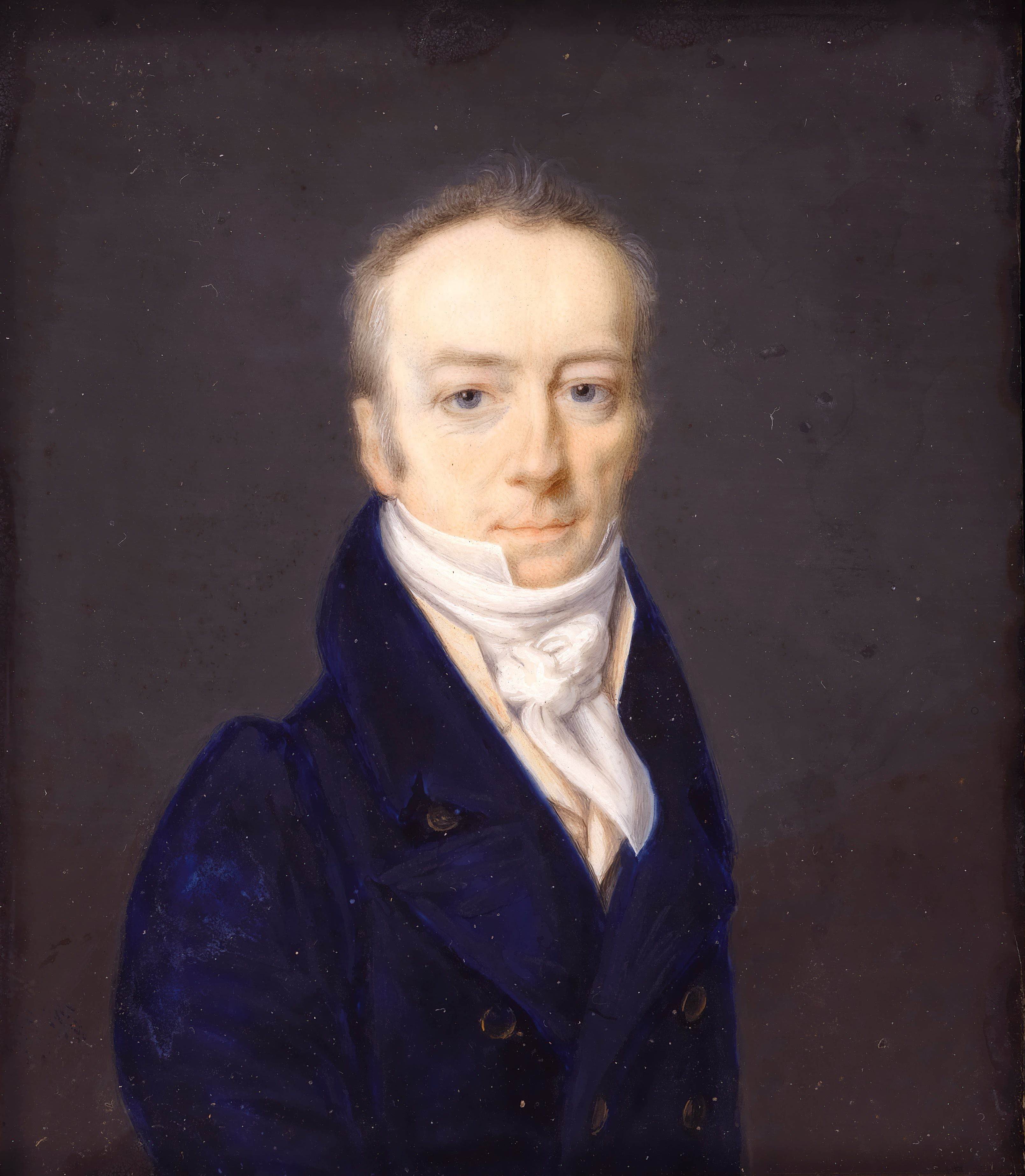
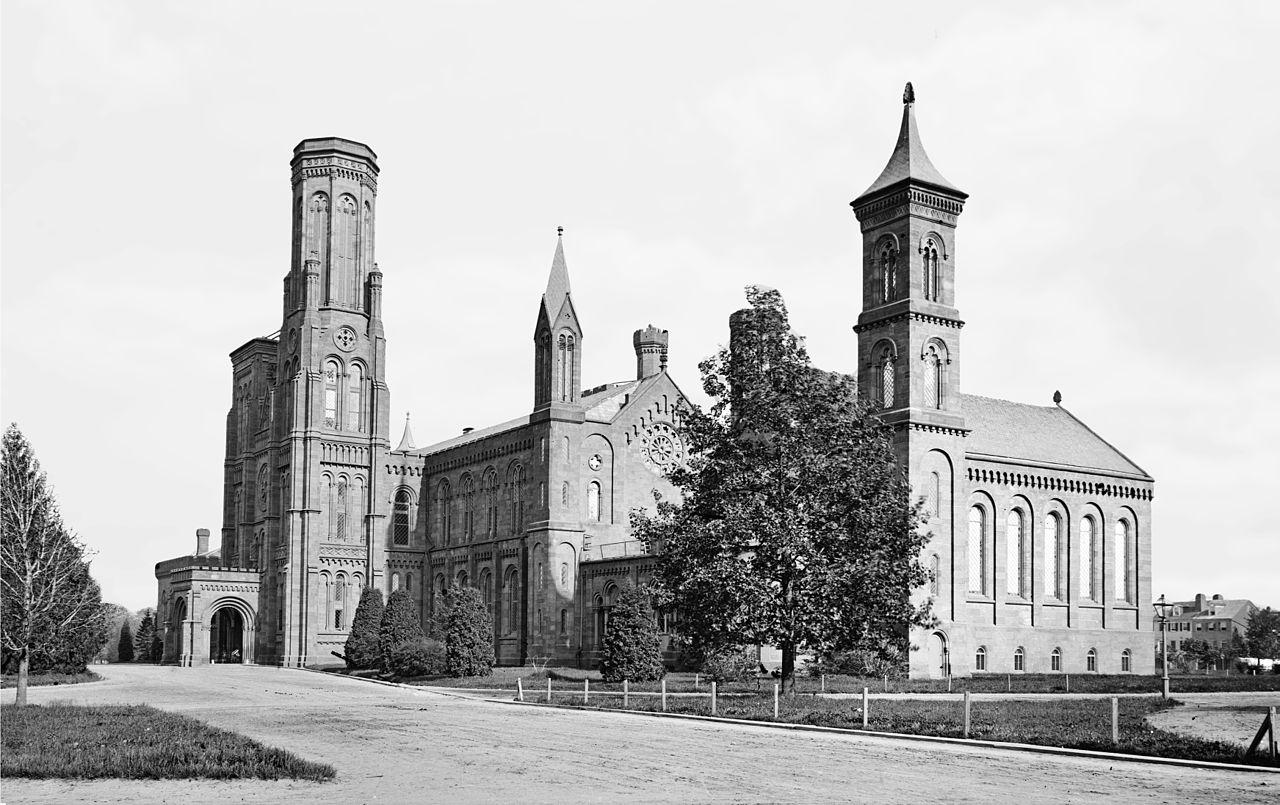
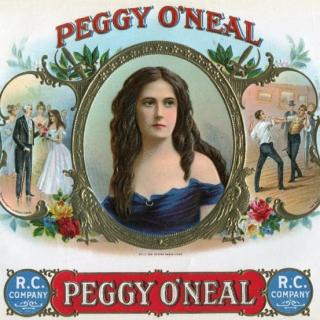
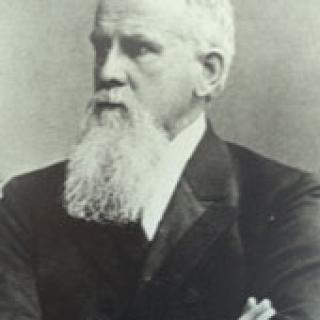
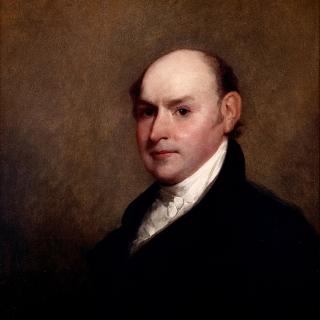
![Sketch of the mythical fuan by Pearson Scott Foresman. [Source: Wikipedia]](/sites/default/files/styles/crop_320x320/public/2023-10/Goatman_Wikipedia_Faun_2_%28PSF%29.png?h=64a074ff&itok=C9Qh-PE1)











